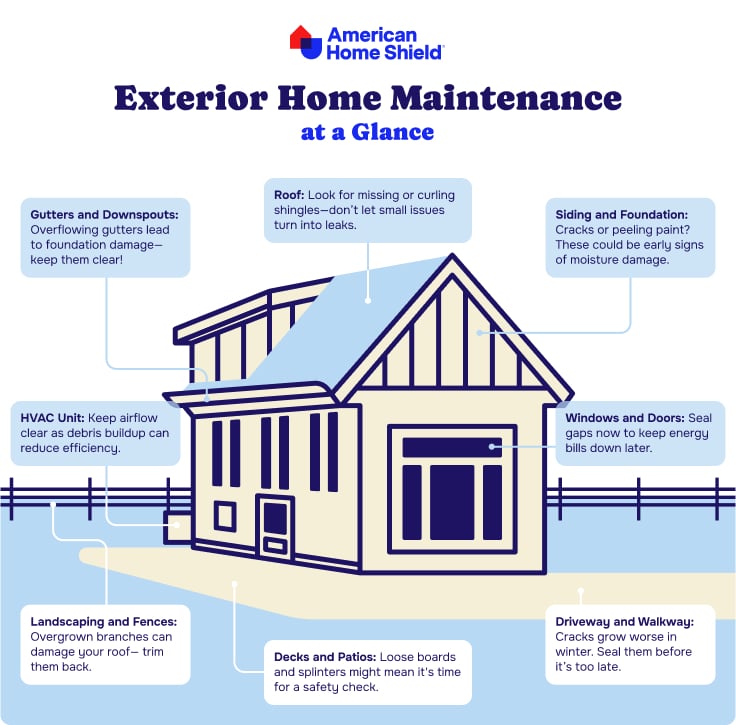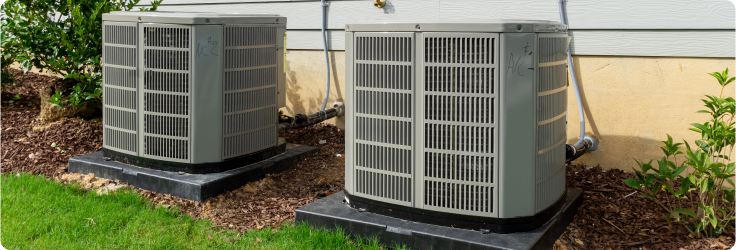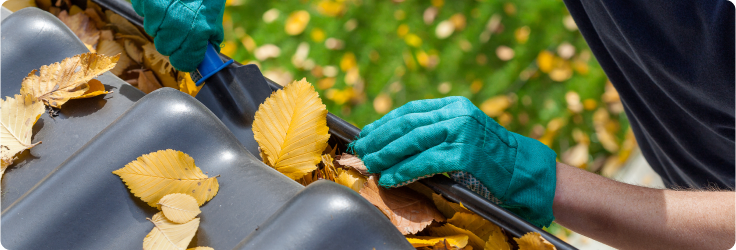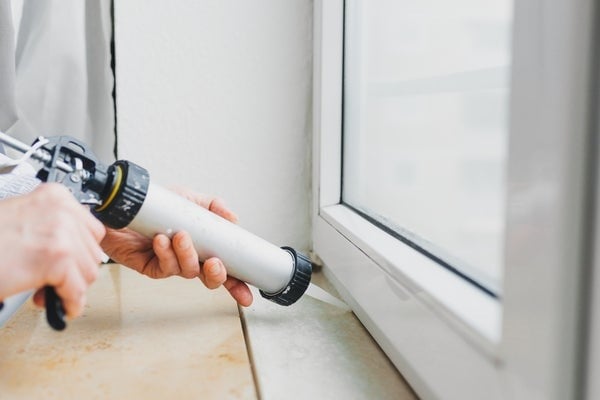Winter was tough on your home— ice, snow, wind, and who-knows-what-else took their toll. But now? The sun’s out, the birds are back, and it’s time to shake off the hibernatory impulse. A little exterior house maintenance is a great way to seize the springtime spirit and save yourself from expensive outdoor home repairs down the line.
Why exterior home maintenance matters
When things fall into disrepair inside your house, you notice. But you might not always keep such careful tabs on the exterior of your home. Regular general home maintenance keeps your house looking nice, but it also helps you protect your home long-term, ensuring that it will be a place of shelter and comfort for years to come.
Regular outdoor home repair offers:
Weather protection
Big weather events can wreak damage on your house over time. Taking advantage of mild seasonality allows you to assess the damage and prevent leaks and rot when the weather changes.
Enhanced curb appeal
A well-kept home is a smart financial move. Keeping your home looking sharp is important when it eventually comes time to sell.
Prevention against costly repairs
A cracked shingle today can turn into a leaky roof tomorrow. A clogged gutter now could mean water damage later. Small fixes now = big savings down the road.
Exterior home maintenance checklist
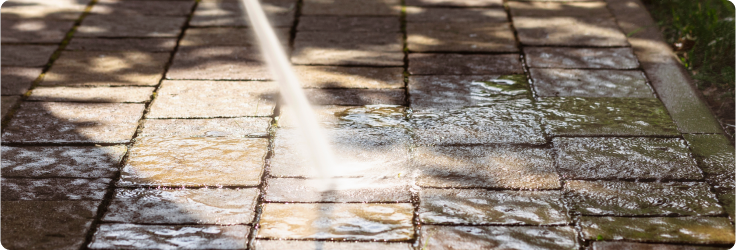
Your home’s exterior takes a beating from the elements year-round, but you can safeguard it with some routine outside house maintenance. Let’s break it down zone by zone.
Roof Reality Check
Your roof is your home’s first line of defense against rain, snow, and sun. That’s why it should be one of the first stops on your exterior house maintenance tour.



